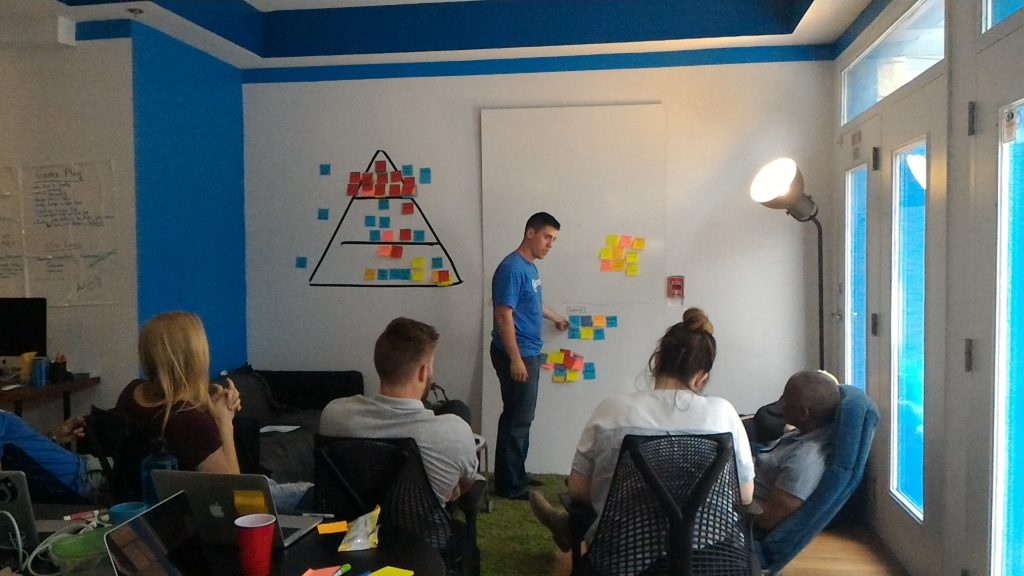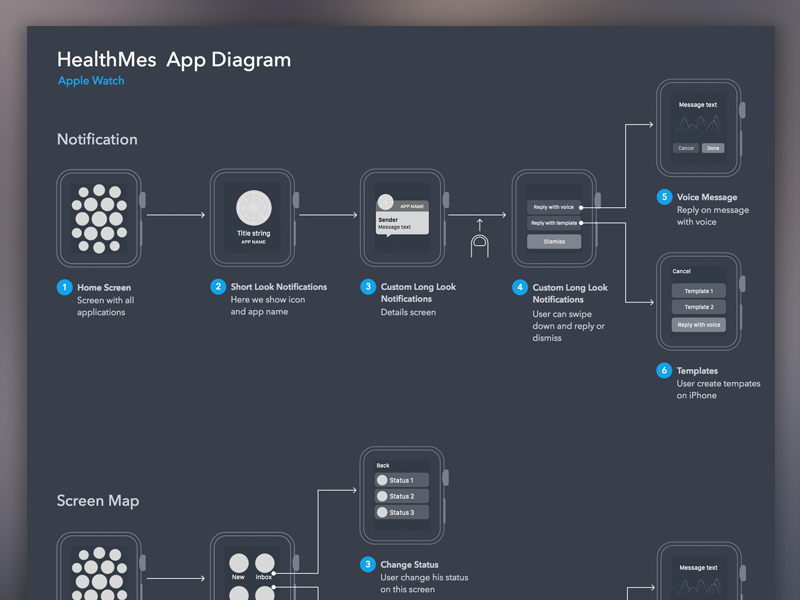Over the past couple of years we have met with prospective clients who have lost thousands of dollars on everything from self-proclaimed graphic designers to outsourced development disasters. In fact, one of the biggest and most common mistakes that we often see startup founders making is to move forward with product development without validating their assumptions.
Want to avoid the common startup mistakes? Here’s a short list of tips that we often share with prospective clients:
1. Challenge Your Assumptions
Don’t throw all of your money into development without challenging your assumptions. There are a ton of ways to go about this — in fact, you can start off with something as basic sending out a survey to your target audience. If you’re not sure how to make a proper research survey, check out this survey tip sheet from Harvard’s program on Survey Research. If you want to take it up a notch, go through a process of discovery.

Team Webjunto integrates collaborative design as a part of the discovery process.
2. Collaborate, Collaborate, Collaborate!
A vast majority of development companies that work with startups do not have in-house design teams. At the very least you need to make sure you are collaborating with designers and developers throughout the process of product design and development. Don’t forget to make sure they are also collaborating with each other! A multifaceted team, with designers and developers that actually work together, will offer collective knowledge and should help your company to save money in the long-run. If for instance a designer has an idea that is not feasible and there’s a developer who can suggest an alternative solution, and vice versa. Bottom-line, teams that understand the importance of collaboration will go further than those who don’t.
3. Just Say No — to Flat Rates (for development and design)
Ok, this one is going to be controversial, but please give me a just a moment to explain. Flat rates are not only a risk for those who offer them, but also for those who accept them. First off, when you sign off on a flat rate you are likely to be quoted an astronomical amount to account for that risk; Often this translates into overpaying for your product design and development as well as having to decide between timeline, cost, and quality when you have a change request or want to add in a new feature. From our experience, we have found that nearly every company that we have worked with has requests changes and new features throughout the entire lifecycle of product development.
More importantly, most flat rate contracts don’t actually take change requests or agile development into consideration. Webjunto made a decision to switch to hourly rates over flat rates for two reasons in particular: (1) Change requests come very often and sometimes can dramatically affect the cost of development (whether it’s an increase or decrease in hours); (2) We stand by our word and have implemented threshold pricing policy to protect our clients from costs typically associated with scope creep and bad estimates while making sure we don’t have to sacrifice time, money, or quality on our end.
In short, I recommend that you ask how change requests might affect your flat rate contract and get a threshold pricing guarantee with your hourly estimates.
4. To Design is To Plan
No, design is not about making your app look beautiful. Design is about creating a planned experience that considers a variety of things including but not limited to your brand, user expectations, business requirements, target audience, etc. If you think that hiring any ol’ graphic designer is enough, it’s not.

Sample UX Diagram from Marian Mota, as seen on Dribbble.
I can’t tell you how many times someone has walked through our doors and told me that their friend is a graphic designer or that they (a non-designer) have personally designed their app and are ready for development. Don’t take this the wrong way, but no, you are not ready for development.
Web and mobile designers should be familiar with development frameworks and the needs of developers. One of my favorite examples was when we brought in a client who hired a graphic design to design their mobile app. Since that designer did not know much about development they did not consider the following: technology constraints, iOS requirements, Android requirements, etc. Unfortunately the company had to invest more money into redesigning their app to make it feasible.
Seriously though, if you are serious about your product then you should work with a professional designer or team of designers that have real-world experience, knowledge, and some sort of formal design education. You won’t regret it.
5. Don’t Be Afraid to Pivot
This probably is not the first time you are seeing this so I’m not going to go into depth to explain it. Just know that it is ok to try different things and see what works. Most startups don’t get it right on the first try. If you can learn the art of the pivot, you just might be able to reuse or repurpose some of the work that you have already invested in.







